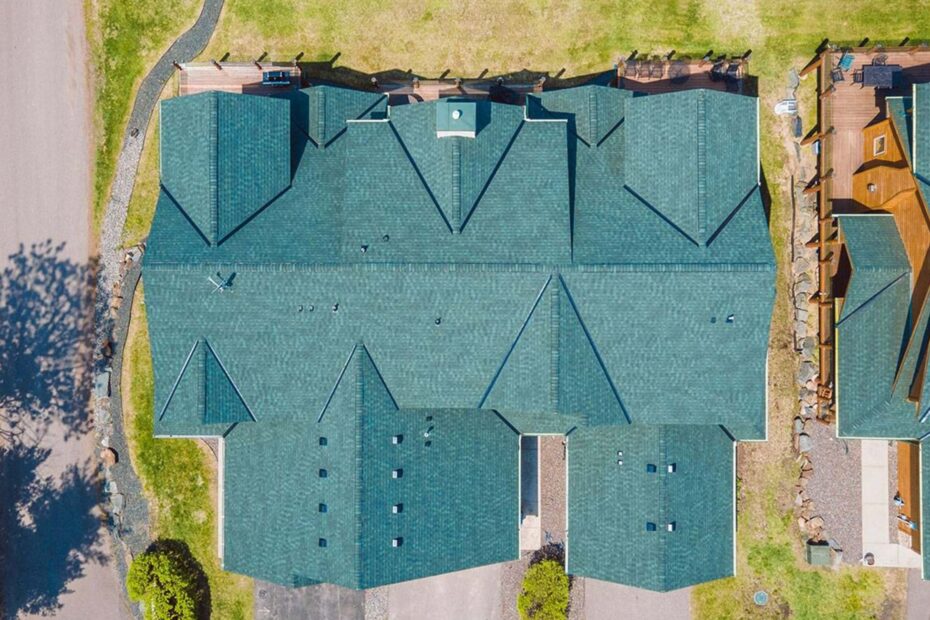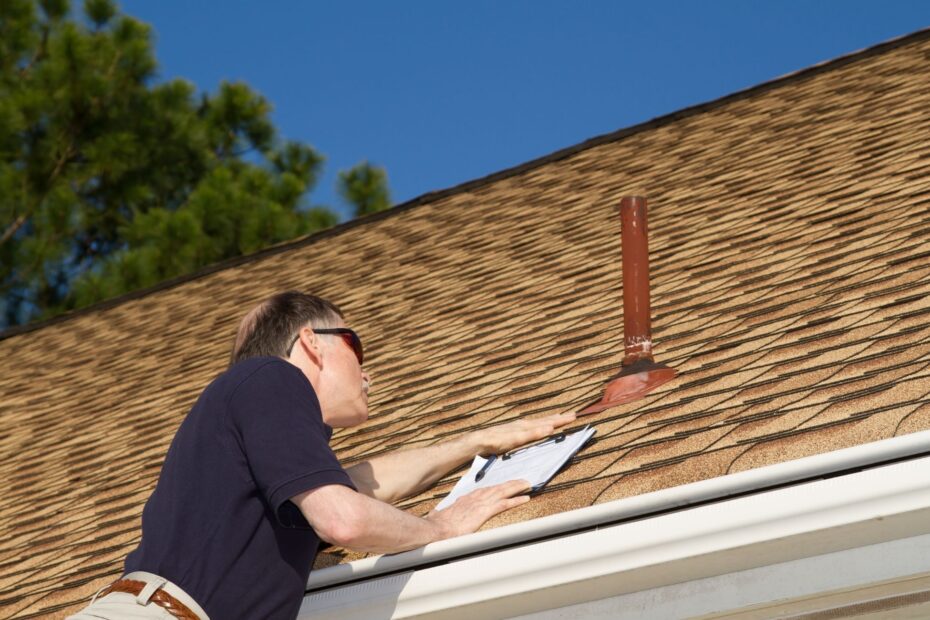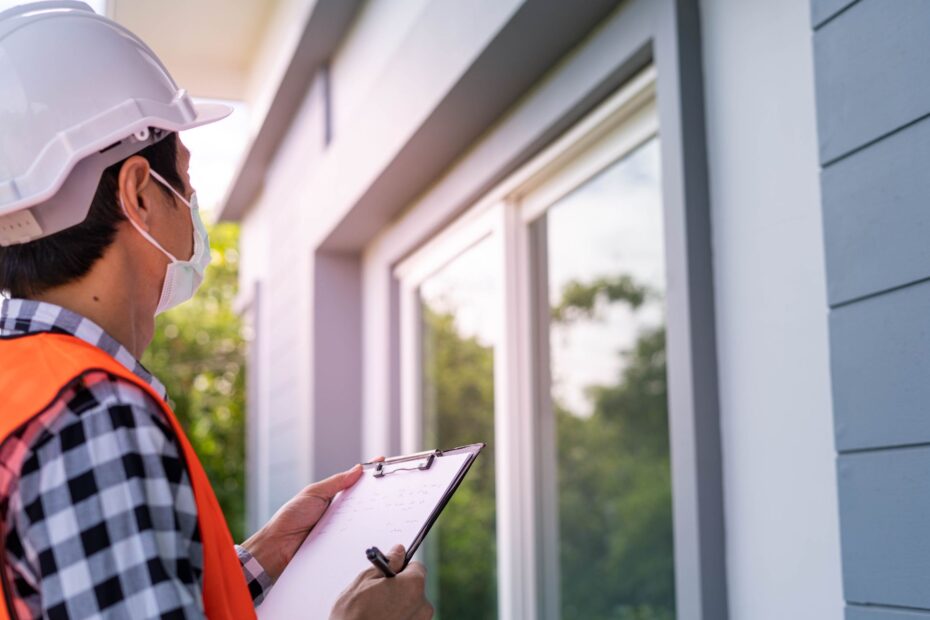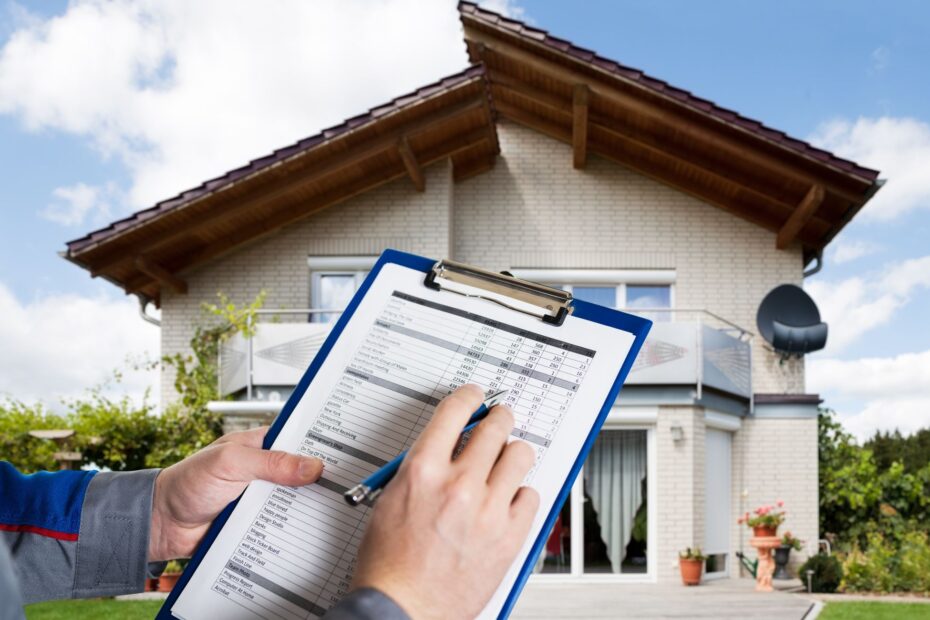GAF Shingle Colors: Popular Options for NJ Homes
Enhance your home’s curb appeal with GAF shingle colors from American Home Contractors. From the classic warmth of Weathered Wood to the sleek contrast of Charcoal, GAF offers a wide range of shades to suit any New Jersey home. Whether you prefer the timeless look of Pewter Gray or the natural beauty of Barkwood, our certified roofing experts help you choose the perfect color to complement your siding and trim. With expert installation, strong warranties, and over 8,000 satisfied NJ homeowners, AHC makes it easy to select GAF shingle colors that combine style, performance, and long-lasting protection.









